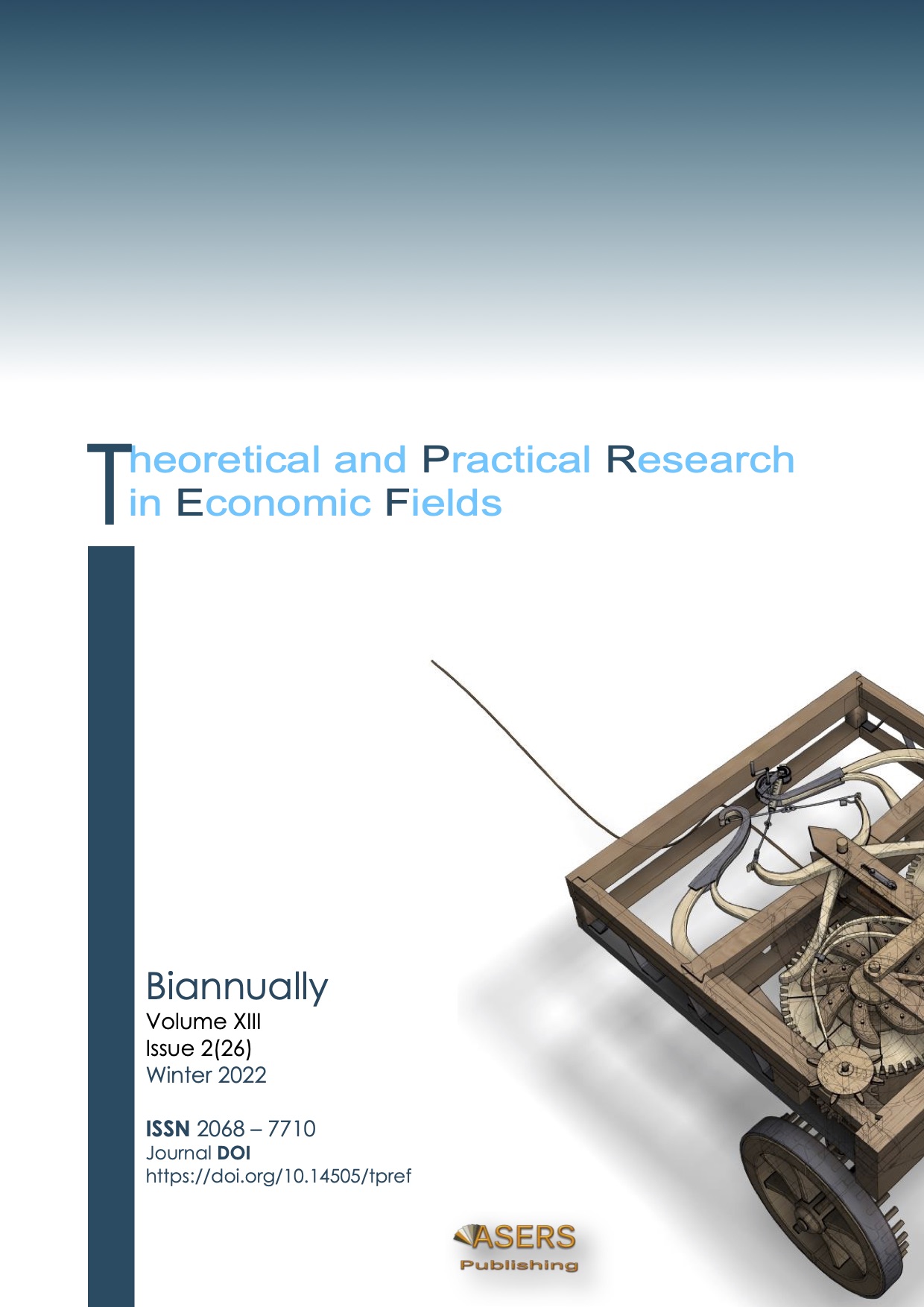D. E. WATT’S REPLY FOR KEYNES TO RAMSEY IN THE BRITISH JOURNAL FOR THE PHILOSOPHY OF SCIENCE IN 1989 IS DEFECTIVE
D. E. WATT’S REPLY FOR KEYNES TO RAMSEY IN THE BRITISH JOURNAL FOR THE PHILOSOPHY OF SCIENCE IN 1989 IS DEFECTIVE
Author(s): Michael Emmett BradySubject(s): Economy, Logic, Philosophy of Science
Published by: ASERS Publishing
Keywords: nonnumerical probability; interval probability; imprecise probability; non-additive probability; relational; propositional logic;
Summary/Abstract: D. E. Watt replied to Ramsey’s attacks on Keynes’s Logical Theory of, as originally contained in Keynes’s A Treatise on Probability, in the January 1922 issue of Cambridge Magazine, in the republished British Journal for the Philosophy of Science version. Watt overlooks that all 15 of Ramsey’s paragraphs in the original Cambridge Magazine version of the paper are erroneous. Watt concentrates only on the issue of numerical versus non numerical probabilities that was raised by Ramsey. Watt is correct in his assessment that Keynes was right and Ramsey was wrong, but gives probability answers that would not have been given by Keynes, or Keynes and Russell. Watt overlooks the errors contained in each paragraph of Ramsey’s review. Keynes’s main point on the issue of numerical versus non numerical probabilities is that many probabilities, especially initial or a priori probabilities, will have to be specified by interval probability. Keynes’s Principle of Indifference (POI) has nothing to do with this issue, due to Ramsey’s inchoate and erroneous understanding of the conditions Keynes laid out in the A Treatise on Probability for the sound application of the POI, as enunciated by Keynes on pp.52-56, and not on p.42, which is the Laplace -Bernoulli version of the POI. Sound applications of the Keynesian POI require that the alternatives must be a) discrete, b) indivisible, c) finite, d) represented by conditional probability, e) perfectly symmetrical, and f) based on the available, positive evidence. This, of course, rules out any application to states of equally balanced ignorance (no positive information). Of course, there will be only one answer that can be calculated by all rational decision makers. The obvious example is the first Ellsberg urn problem, which is nearly identical to the problem used by Keynes as an example on pp.75-76 of his A Treatise on Probability.
Journal: Theoretical and Practical Research in Economic Fields (TPREF)
- Issue Year: XIII/2022
- Issue No: 26
- Page Range: 109-115
- Page Count: 7
- Language: English
- Content File-PDF

